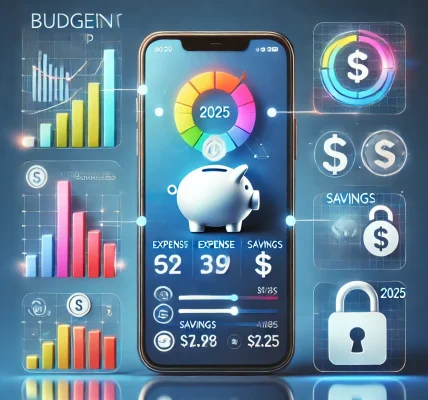Managing personal finances effectively is essential for achieving financial stability and long-term wealth. Budgeting helps control spending, maximize savings, and reduce financial stress. In this guide, we will explore the top 10 budgeting techniques that can help you save more money every month.
1. The 50/30/20 Rule
One of the most popular budgeting methods, the 50/30/20 rule, divides your income into three categories:
- 50% for needs (rent, groceries, utilities, insurance, transportation)
- 30% for wants (entertainment, dining out, vacations, subscriptions)
- 20% for savings and debt repayment (emergency fund, investments, paying off loans)
This method provides a balanced approach to managing expenses while ensuring financial security.
2. Zero-Based Budgeting
Zero-based budgeting ensures that every dollar of your income has a purpose. At the beginning of each month:
- Allocate every dollar to specific expenses, savings, and investments.
- Ensure that income minus expenses equals zero.
- Adjust your budget as necessary to stay on track.
This method promotes mindful spending and financial discipline.
3. Envelope System
The envelope system is a cash-based budgeting technique that helps control overspending:
- Allocate cash into different envelopes for categories like groceries, transportation, entertainment, etc.
- Once an envelope is empty, no more spending is allowed in that category for the month.
- This method works well for those struggling with credit card overspending.
4. Pay Yourself First Method
This budgeting technique prioritizes savings before spending:
- Set aside a fixed percentage of your income for savings before paying bills.
- Automate savings transfers to prevent accidental spending.
- Helps build an emergency fund and long-term wealth effortlessly.
5. Expense Tracking and Categorization
Understanding where your money goes is crucial for effective budgeting:
- Track daily expenses using apps like Mint, YNAB, or a simple spreadsheet.
- Categorize expenses into essential and non-essential items.
- Identify unnecessary spending habits and make adjustments.
6. The 80/20 Budget
A simpler version of the 50/30/20 rule, the 80/20 budget follows:
- 80% for all expenses (needs and wants combined)
- 20% for savings and debt repayment
This method is easy to follow and helps build savings without complex calculations.
7. The Anti-Budget Method
For those who dislike detailed budgeting, the anti-budget method focuses on automation:
- Set up automatic transfers for savings and bill payments.
- Spend the remaining balance freely while ensuring necessary obligations are met.
- This method works well for individuals with stable income and responsible spending habits.
8. The Kakeibo Method (Japanese Budgeting System)
Kakeibo is a traditional Japanese budgeting technique focused on mindful spending:
- Record income and expenses manually in a journal.
- Reflect on purchases and analyze if they were necessary.
- Helps develop better financial awareness and self-control.
9. The Reverse Budgeting Approach
Reverse budgeting prioritizes future financial goals first:
- Allocate funds towards savings, investments, and debt payments before covering daily expenses.
- Encourages long-term financial growth while maintaining basic needs.
- Ideal for individuals looking to build wealth aggressively.
10. Weekly Budgeting Method
Instead of budgeting monthly, break it down into weekly limits:
- Set spending limits for each week based on income.
- Helps prevent overspending early in the month.
- Easier to manage for individuals with variable income or short-term financial goals.
Final Tips for Successful Budgeting
- Use Budgeting Apps: Automate expense tracking with apps like PocketGuard, GoodBudget, or EveryDollar.
- Reduce Unnecessary Expenses: Cut back on impulse purchases and subscriptions.
- Review and Adjust Regularly: Reassess your budget every month to accommodate financial changes.
- Stay Disciplined: Consistency is key to long-term financial success.
Conclusion
Choosing the right budgeting technique depends on your financial goals, spending habits, and income stability. Whether you prefer detailed tracking or a simple approach, incorporating any of these methods will help you save more money every month. Start budgeting today and take control of your financial future!




